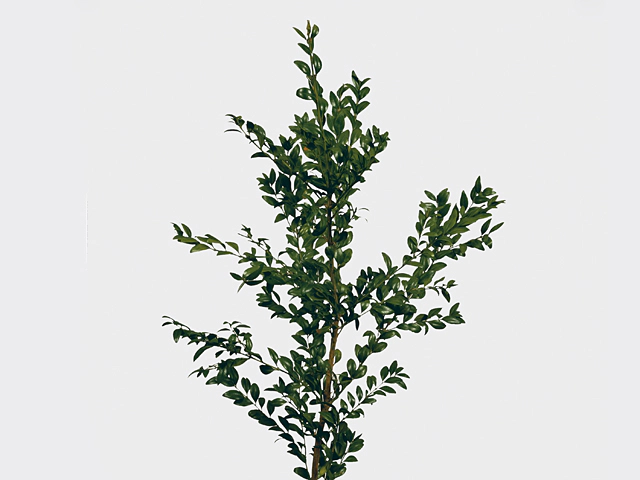Buxus sempervirens per bunch

| Winter hardness | Good (USDA-zone 5, 6) |
| soil pH requirement | Neutral (pH 6,5 - 7,5) |
| Light conditions | Semi-shades |
| Toxicity (if consumed) | Highly toxic |
| Moisture requirements | Well-drained |
Boxwood, scientifically known as Buxus sempervirens, is a popular evergreen shrub that is commonly found in gardens and landscapes. Its distinctive box-like appearance, hence the name "boxwood," makes it a favorite among garden enthusiasts.
One of the key characteristics of boxwood is its winter hardness. This plant is known for its ability to withstand cold temperatures, making it suitable for regions with USDA hardiness zones 5 and 6. It can endure frosty winters without suffering any significant damage, which is an advantage for gardeners living in colder climates.
When it comes to soil pH, boxwood prefers neutral conditions. It thrives best in soils with pH levels between 6.5 and 7.5. So, if you plan to grow boxwood in your garden, remember to check the pH of your soil and make necessary adjustments if needed.
In terms of light conditions, boxwood prefers semi-shade. It can tolerate some sunlight exposure but generally prefers areas with filtered or dappled shade. This makes it a great choice for planting under trees or in areas where direct sunlight is limited.
Although boxwood is a beautiful and versatile plant, it is important to note that it can be highly toxic if consumed. All parts of the plant contain toxic compounds, including alkaloids, which can cause severe reactions if ingested. Therefore, it is crucial to keep boxwood plants away from children and pets to prevent any accidental ingestion.
Moisture requirements for boxwood are also worth considering. This shrub prefers well-drained soil, meaning that excessive moisture should be avoided. Stagnant water can lead to root rot and other fungal diseases, so it is essential to ensure good drainage for healthy growth.
Boxwood is a popular choice for hedges, topiaries, and ornamental plantings due to its versatility and attractive appearance. It can be pruned into various shapes and forms, making it a valuable addition to any garden design.
In conclusion, boxwood is a hardy and adaptable plant, capable of withstanding cold winters in USDA zones 5 and 6. It thrives in neutral pH soils and prefers semi-shady conditions. However, caution is necessary as boxwood is highly toxic if consumed. Adequate moisture levels, along with well-drained soil, are essential for its optimal growth. Whether used in formal hedges or as a focal point in the garden, boxwood adds a touch of elegance and charm to any outdoor space.
Market availability index by month:
| Jan. | Feb. | Mar. | Apr. | May | Jun. | Jul. | Aug. | Sep. | Oct. | Nov. | Dec. |
|---|---|---|---|---|---|---|---|---|---|---|---|
| 4 | 4 | 3 | 3 | 4 | 3 | 3 | 3 | 3 | 3 | 3 | 3 |